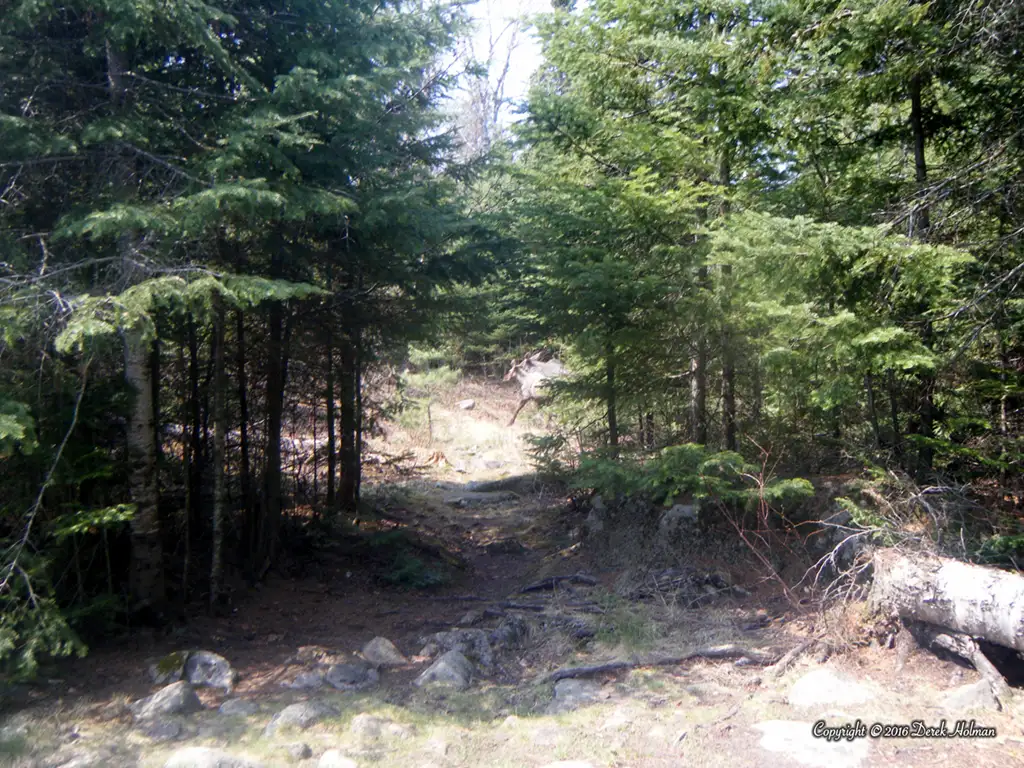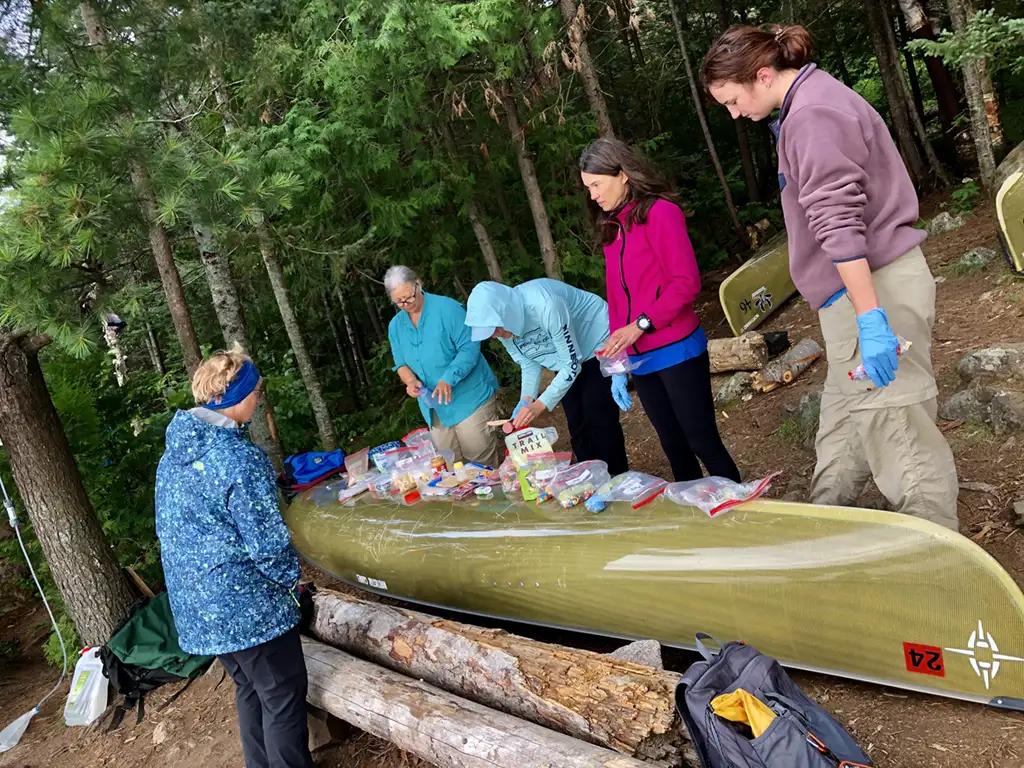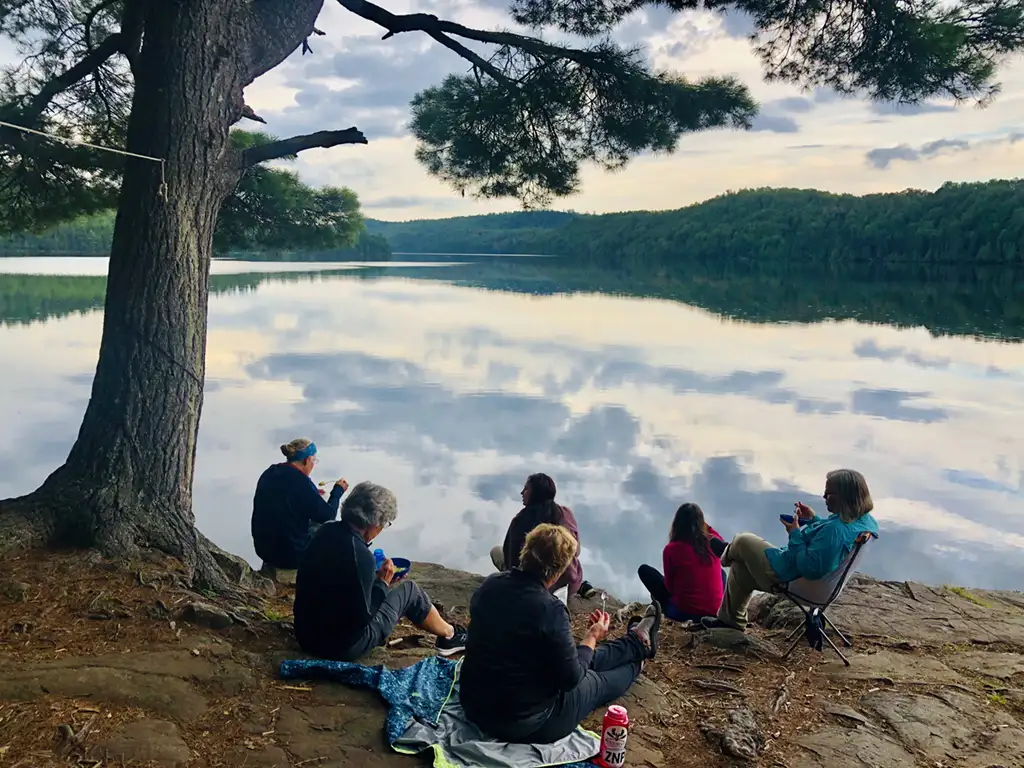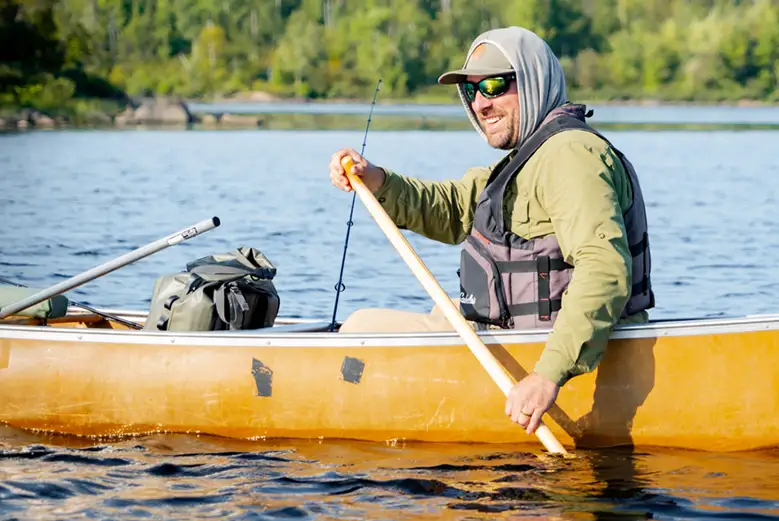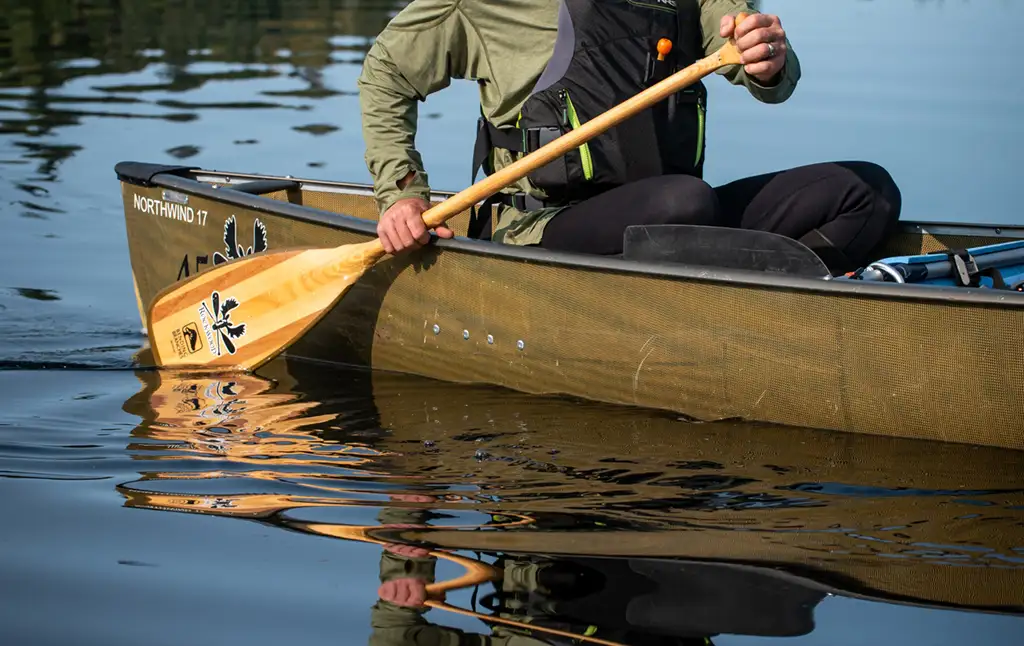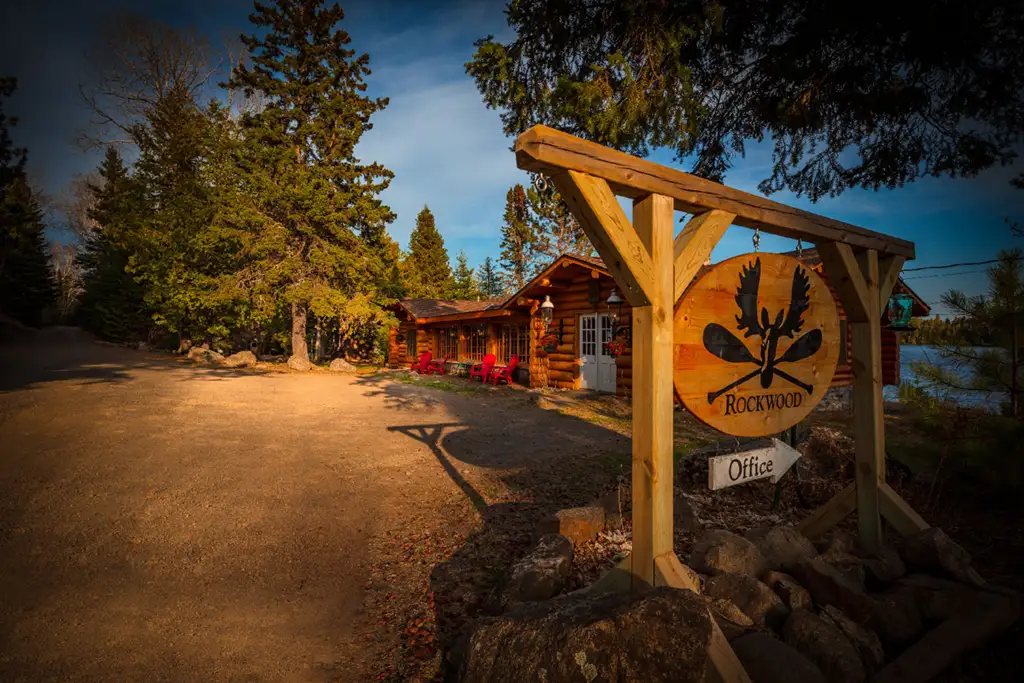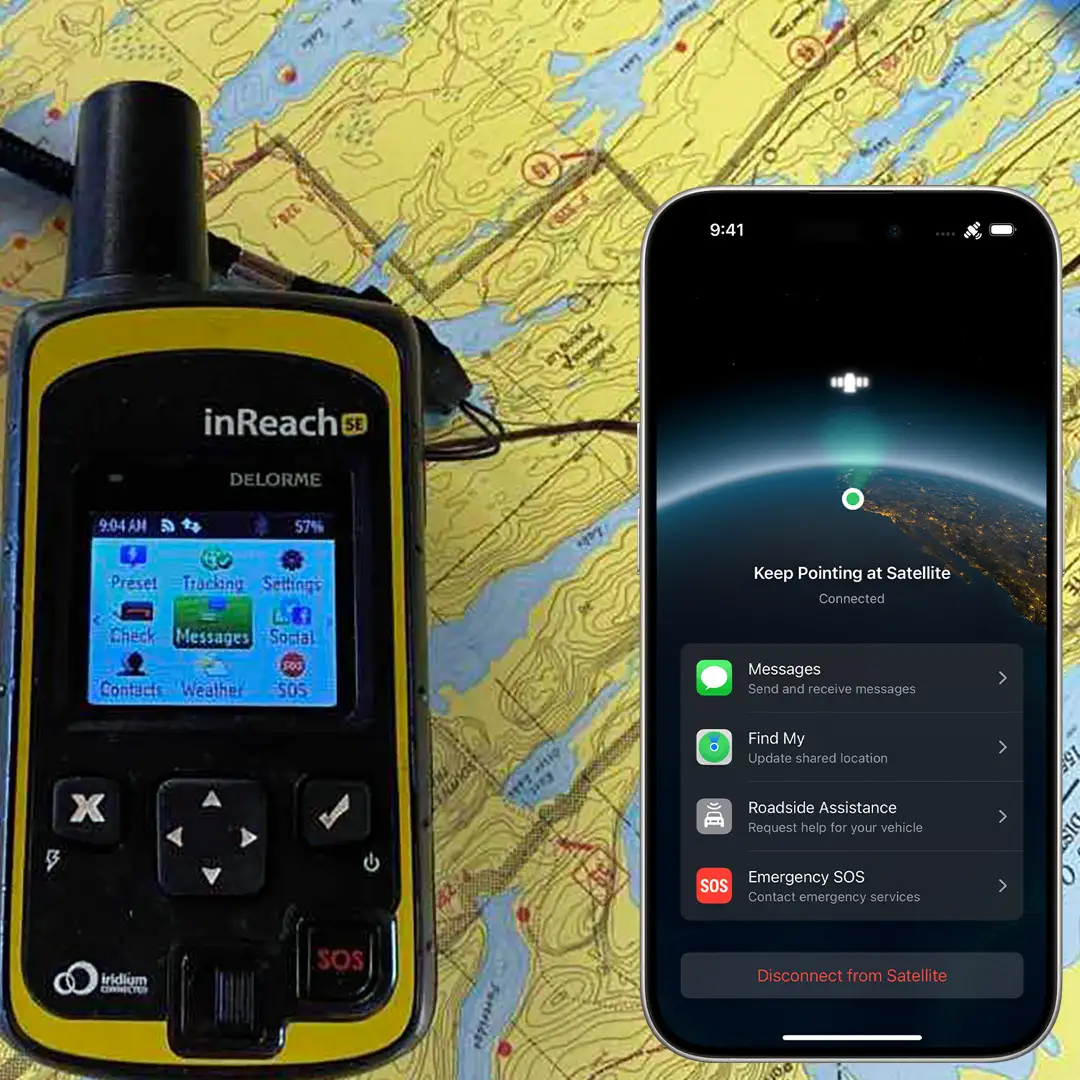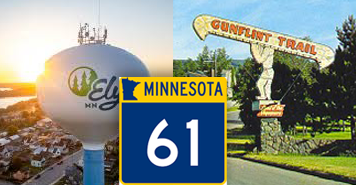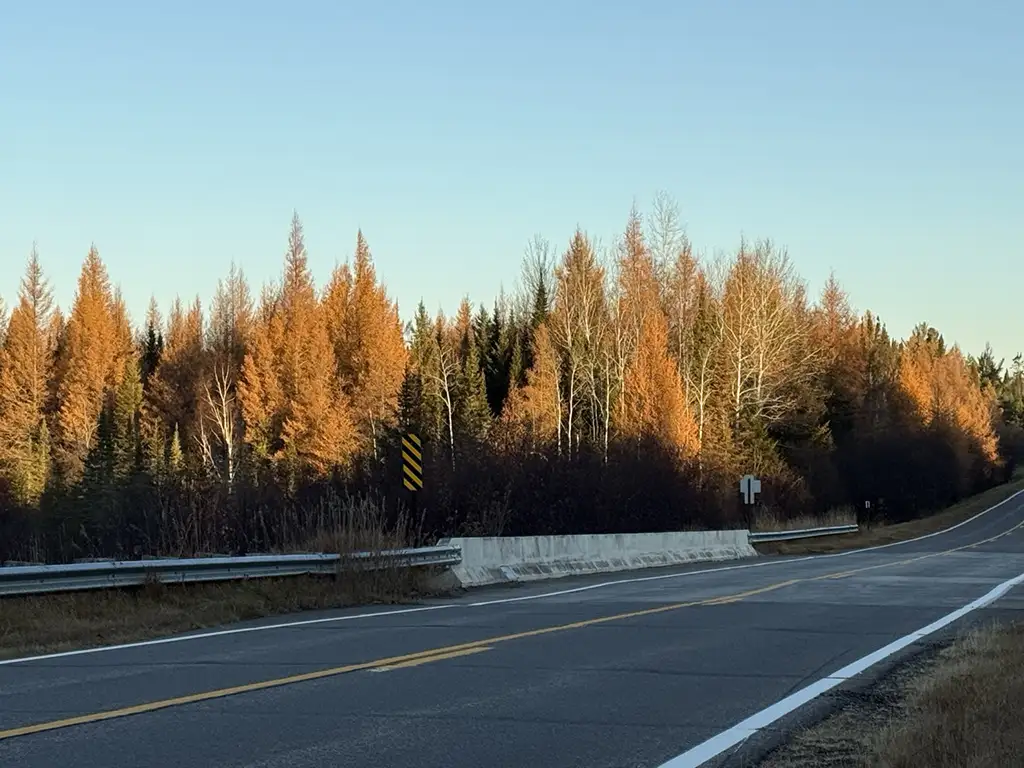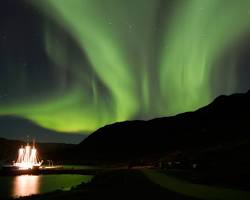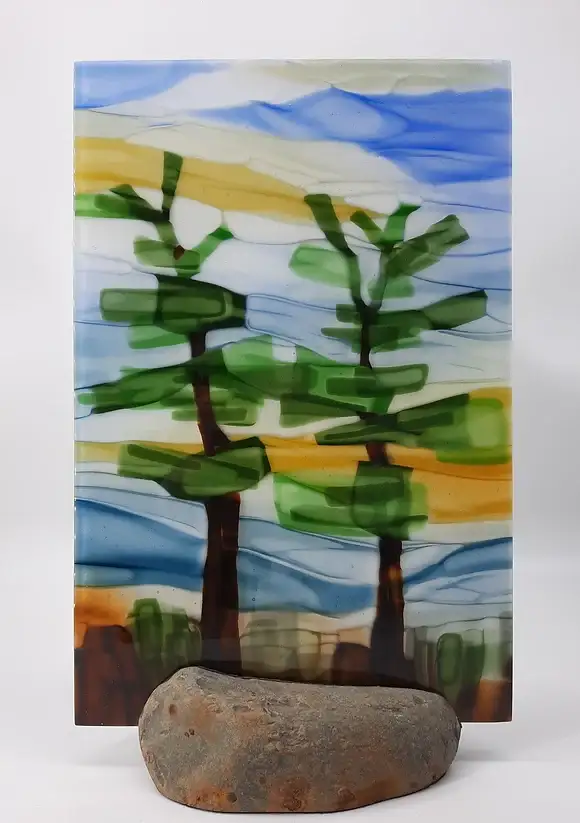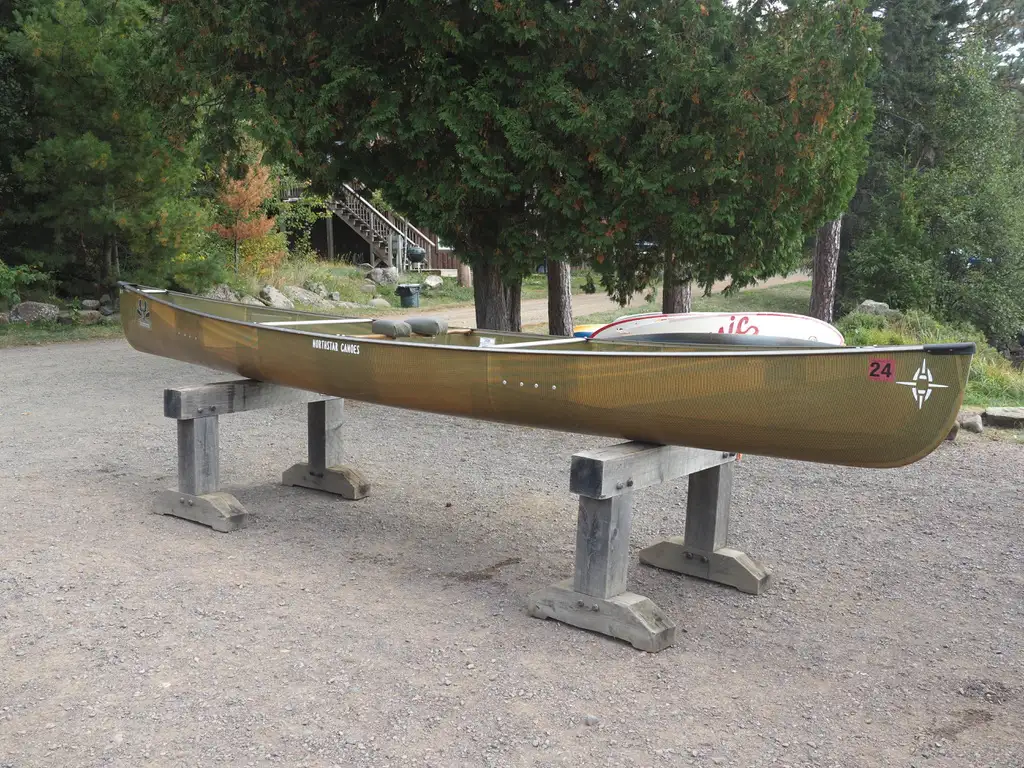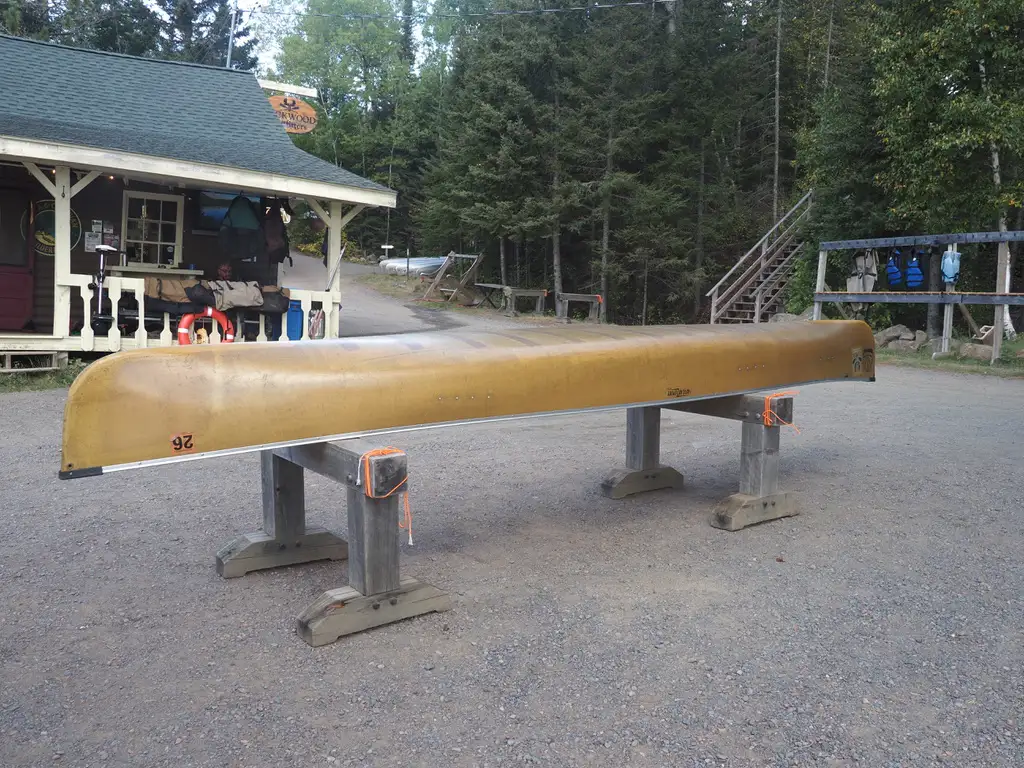The number of first-time canoeists entering the BWCAW each season is not officially tracked. Still, the high overall visitor numbers and permit activity suggest that many newcomers likely experience this unique wilderness each year. If you are planning your first trip, you may have questions about portaging from one body of water to another.
We corresponded with two BWCAW experts about portages, Rockwood co-owner and outfitter supreme Mike Seim and Paddle & Portage founder Joe Friedrichs. Both have years of experience paddling and portaging in the BWCAW and helping first-timers enjoy an unforgettable experience.
What is a Portage?
A portage is where you carry your canoe and gear overland from one body of water to the next on your route. “Most of them are single-wide hiking trails, and they may be rocky or muddy in places,” Mike said.
The length of a portage is measured in rods, a historical unit of length in surveying and land measurement. One rod measures 16.5 feet. So, a portage marked on your map as 100 rods will measure 1,650 feet, just under the length of three city blocks.
“Some portages are barely 50’ long, others can be over a mile. Some are fairly flat, others go over terrain,” Mike added.
A few basic skills and practice will make your portages tolerable, if not fun.
Learn how to lift and carry a canoe properly.

According to Mike, the yoke, a center bar with shoulder pads, creates a good balance point to manage the canoe’s weight and, more importantly, length. Practice with a partner or ask your outfitters to show you the way to carry the canoe before you start your trip.
Protecting your canoe is critical in the wilderness. “Most damage to canoes on a portage comes when picking it up or putting it down. Do these actions slowly,” Joe said. You should not drag the canoe onto shore, across a portage, or place it on jagged rocks. They’re meant to float. If you put it on the ground, make sure it is topside down.
You’ll want to be aware of the ground you’re walking on to keep your footing and surrounding tree branches or other hazards that could damage the canoe and knock you over. “It’s a fine balance between lifting the canoe too high so you can see and getting it too low as to impact your ability to see what’s ahead on the trail,” Joe said.
Mike recommends stowing heavier gear at the bottom of the packs with lighter items on top. You’ll want to consolidate your bags. Internalize Mike’s slogan, “Packs inside of packs.” Putting smaller bags into a larger one will simplify loading, unloading, and carrying.
Coming ashore at your portage can be tricky, especially if it’s windy or rainy and large rocks are in the way. Wind makes maneuvering difficult. Rain makes the ground muddy and rocks slippery, and rocks and roots can be tripping hazards as you move ashore.
To unload your canoe, Mike stresses “Wet footing.” “Stop the canoe while it’s still free-floating, unload the gear, then pick up the canoe and bring it up on the portage,” Mike said. When you reach the end of your portage, place the canoe in the water, load your gear, and then load yourself. Keep pushing the canoe deeper as you go to keep it free-floating.
Portaging can be physically demanding. Build strength and endurance before your trip. Most importantly, as Mike says, portages are not races. Take your time, rest when needed, and enjoy the sights and sounds of our wilderness. There’s no shame in making two trips across the portage if you want to.
Navigate to the next portage
Mike suggests you learn to navigate by terrain features, a fundamental skill for wilderness travel, and getting to each portage. It requires careful observation, maps, compass work, and a good understanding of the landscape.
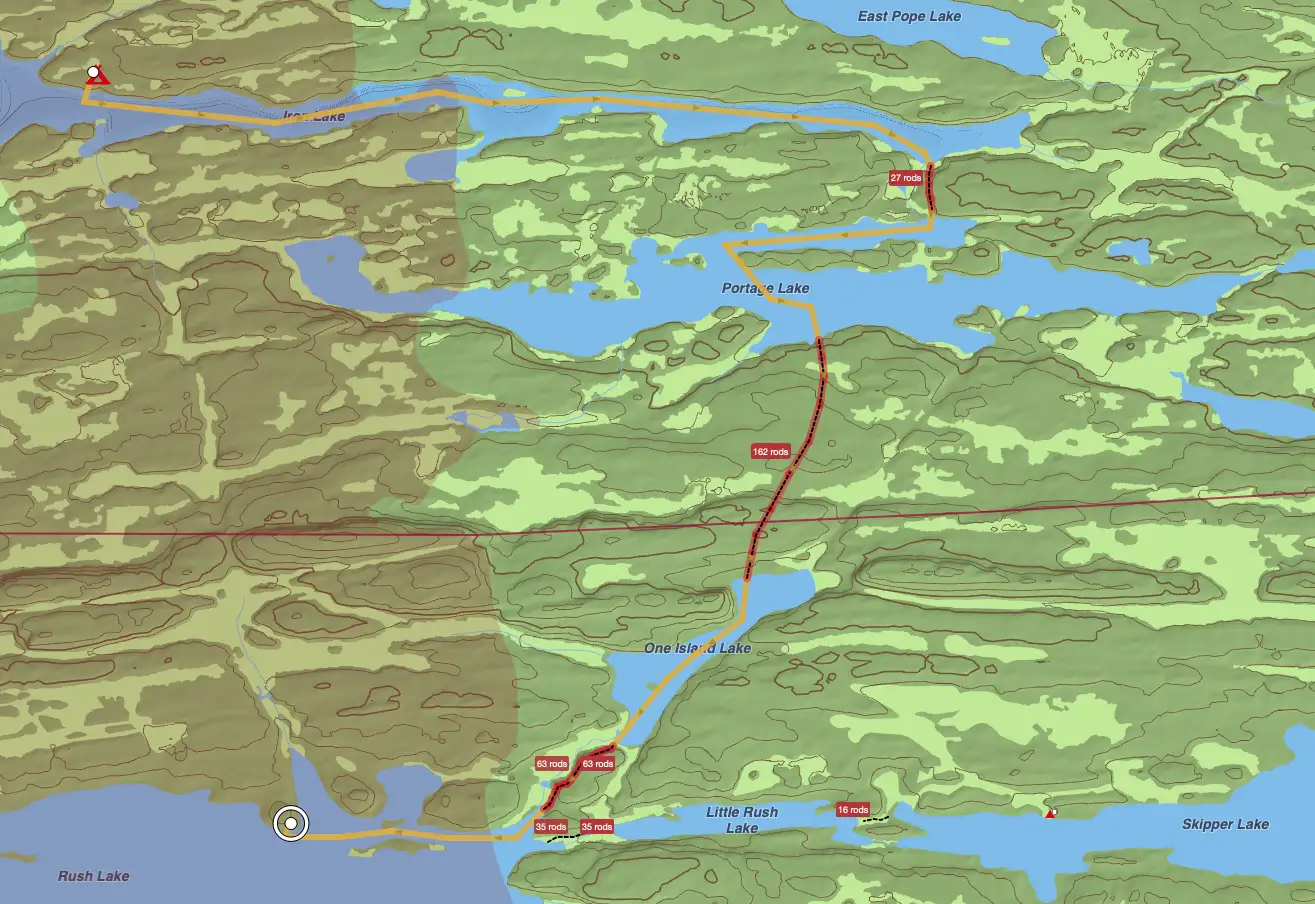
A detailed topographic map and a reliable compass are helpful. Learn how to read contour lines, identify symbols, and understand the map’s scale and declination. Practice taking bearings from the map and landmarks in the field. Lakes, rivers, streams, and swamps are often your primary travel routes and excellent reference points. When paddling along a lake, constantly compare the shape of the shoreline on your map to what you see. Identify bays, points, and islands as you pass them.
Portages are marked on your map but not with signs on shore. Mike says, “ They are not marked, but most are pretty easy to spot from the lake. Look for a dark patch of shore missing vegetation with a hiking trail heading into the trees.” Don’t worry, he says, “After the first few, you really start to notice them.”
Footwear
Footwear is an essential part of your gear in the wild. Mike recommends footwear with ankle support and closed toes, which work best overall. Neoprene boots are great in shoulder seasons, and Keen-type boots or sandals work well in the middle of summer. His best advice is to have two pairs: one you portage in and get wet, and one pair of “camp slippers” to change into so the first pair dries out overnight.
You can enjoy a BWCAW Adventure Without Portaging
It is possible to do a BWCAW trip without ever making a portage. If the idea of portaging seems daunting, don’t worry. There are many ways to enjoy the beauty of the BWCAW without this particular challenge.
“There are many excellent lakes to enjoy in the BWCAW without portaging,” Joe said. “Brule, Seagull, and Saganaga, are just a few. These lakes allow access to pristine wilderness, including phenomenal campsites, world-class fishing, and the same solitude one would expect deep in the wilderness.”
Mike said, “There are a few large lakes at the edge of the BWCAW that you could just stay on and never portage, but where’s the fun in that?”
Although all of this may sound intimidating for a first-time visitor, having someone in your party with navigating and portaging experience will make it seem like an easy learning experience. Not to mention the experienced outfitters here at Rockwood who are ready to help first-time visitors have an amazing experience in the wilderness. Call, email, and look through all the information on our website. We’re here to support you every step of the way.
We want to see you this season.

